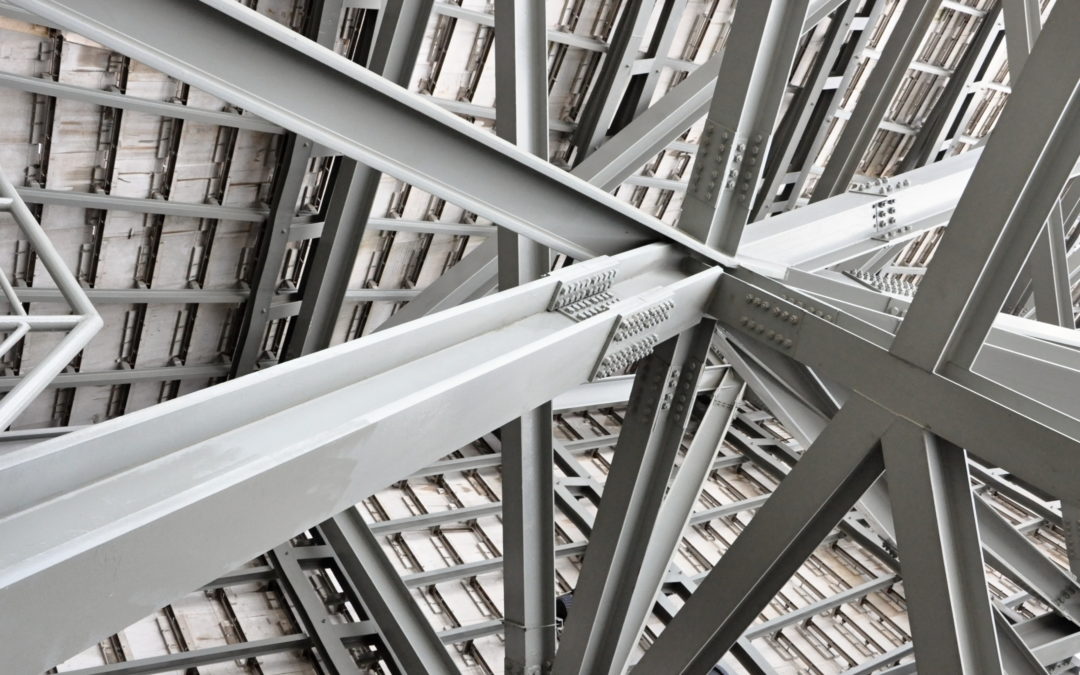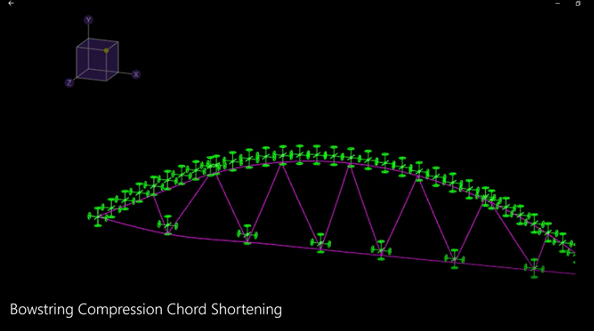
Many investments and upgrade projects continue to emerge in the US South
As home construction grows, lumber consumption in the US and Canada will increase from 59 billion board feet (BBF) in 2020 to 70 BBF by 2025. Anticipating increased demand and seeking to capitalize on an extraordinary surge in lumber prices above $1,000 MBF in 2021, lumber manufacturers are making significant investments to expand manufacturing capacity. The US South – the largest softwood lumber producing region in North America (20 BBF) – is seeing most of the investment. Simultaneously, smaller lumber producers and much larger corporations will exceed 4 BBF of softwood capacity by 2022 due to many mill modernizations, reopenings, and greenfield projects to increase production capacity. The following are the recent major investment announcements:
- Interfor
March 2021, Interfor acquired WestRock’s sawmill in Summerville, SC (125 MMBF) for $59 MM (included log and lumber inventories). Interfor will invest $30 MM to increase production up to 200 MMBF annually. Also, in July 2021, Interfor purchased three sawmills from Georgia Pacific in the US South: DeQuincy, LA (200 MMBF) to be restarted in the first half 2022, Bay Springs, MS (140 MMBF), and Fayette, AL (160 MMBF). The acquisition of these three sawmills plus a sawmill in Philomath, OR were cash purchases for $372 MM (including working capital). Interfor plans to invest up to $8 million to revive the DeQuincy sawmill curtailed by Georgia Pacific in May 2020. - Hunt Forest Products and Tolko Industries
In July 2021, Hunt Forest Products and Tolko Industries announced a project to build a 320 MMBF sawmill in Taylor, Louisiana ($240 MM). Construction of the new facility is expected to start in early 2022, with commercial operations starting in early 2023. - Roseburg and Canfor US South
Also in July, Roseburg announced a $200 MM investment to build a 400 MMBF sawmill in Weldon, NC., and Canfor US South announced a 250 MMBF greenfield sawmill near DeRidder, Louisiana ($160 MM) with startup projected in late 2022. Since 2013, Canfor US South has had over 300% growth. - Georgia-Pacific
September 2021, Georgia-Pacific announced the modernization of its lumber complex in Pineland, Texas with a $120 million investment. Construction is expected to begin early 2022 and is scheduled to be completed in late 2022. Currently the mill has the capacity to produce 380 MBF of dimensional lumber each year, but when the new mill is operational and running at full capacity the production will increase to 450 MBF. - West Fraser
October 2021, West Fraser entered into an agreement to acquire Angelina Forest Products lumber mill located in Lufkin, Texas for approximately $300 million (financed with cash on hand). This sawmill began construction in 2018, commenced operations in late 2019, and is expected to progress toward full production capacity of approximately 305 MBF over the next three to four years.
The industry knows that the US needs to add about 1.5 million new homes per year to keep pace with population growth and replace existing homes. Forecasters indicate that lumber capacity in North America will fall short of new demand by close to 7 BBF which is equivalent to more than 20 large-capacity sawmills. At Crow Engineering we are currently involved in many mill assessments, modernizations, and capacity expansion projects. With more than 50 years of experience, it is Crow’s honor and privilege to serve mills and lumber companies. Contact us if your company is planning to take advantage of the current market. We would love to help you make the right decision and achieve your goals.



